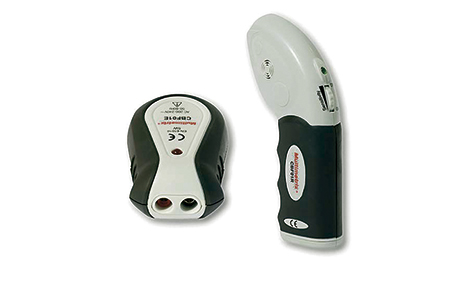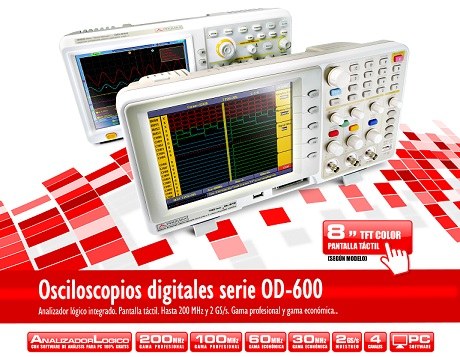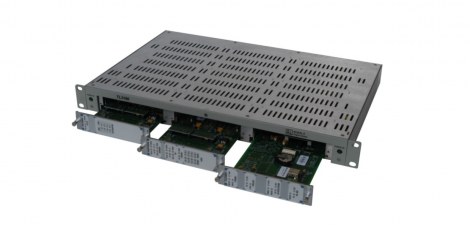More dynamic range and measurement speed in the microwave range: the new R&S ZNB20 and R&S ZNB40 network analyzers now offer these functions also in the mid-range device segment. Like all other models in the R&S ZNB family, its compact hardware platform requires less space than similar instruments. The advanced 16:9 touch screen makes it easy to operate.
Rohde & Schwarz introduces the new R&S ZNB20 and R&S ZNB40 mid-range vector network analyzers for the frequency ranges 100 kHz to 20 GHz and 10 MHz to 40 GHz. These powerful analyzers are equipped with two measurement ports and offer features unprecedented at the level of the most advanced equipment. Their dynamic range of up to 135 dB makes them the perfect tool for tasks such as filter measurements.
The R&S ZNB20 offers a wide dynamic range even at its starting frequency of 100 kHz. This allows accurate measurements to be made on broadband devices and components whose low-frequency performance is especially important. The measurement time of only 5 ms with 401 points offers high speed in production. The wide range of electronic control of the output level up to 70 dB allows you to quickly analyze the behavior of active components. The wide selection of calibration methods guarantees the user can always select the most suitable for each application.
The new R&S ZNB vector network analyzers have a touch screen for intuitive and easy operation. The advanced operating concept, including a flat menu structure, helps users find the necessary functions in less than three steps. The 30 cm (12.1″) screen is the largest of any network analyzer currently available on the market, offering a clear display of measurement results.
Thanks to their compact size, the R&S ZNB20 and R&S ZNB40 leave plenty of free space on the test bench for measurement applications. Its low consumption and sophisticated cooling concept keep the emission of operating noise and heat to a minimum, thus reducing operating costs.





